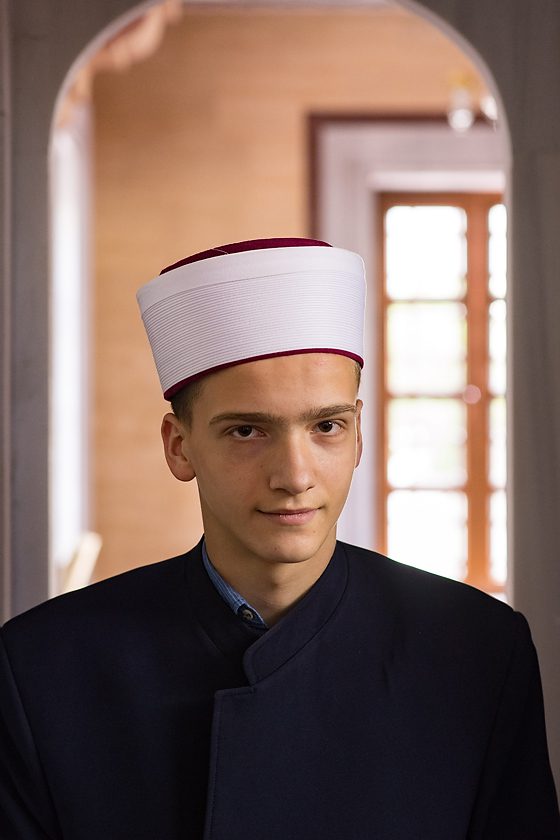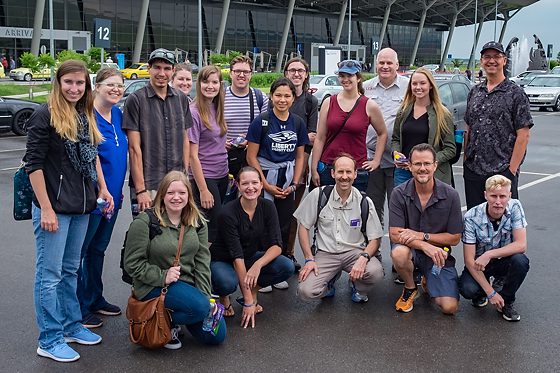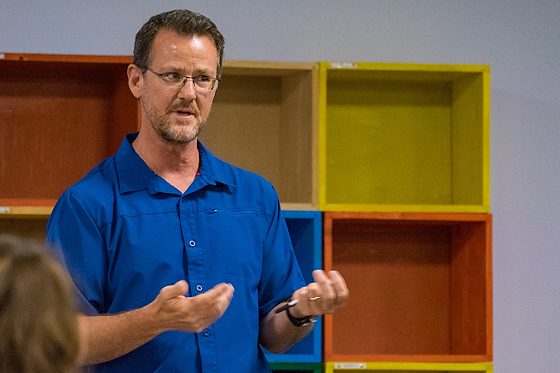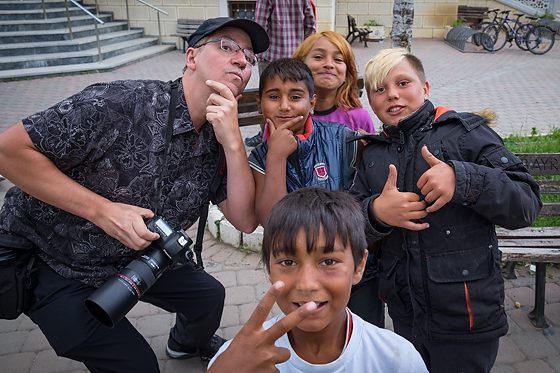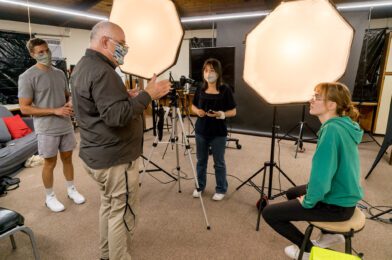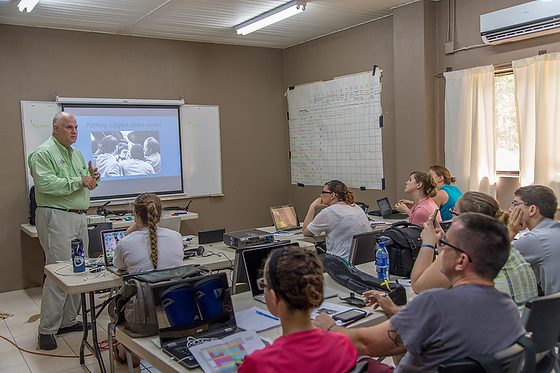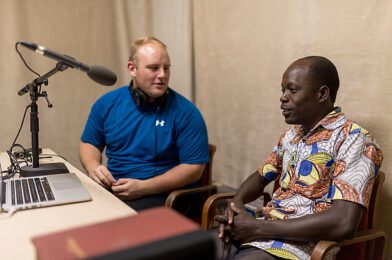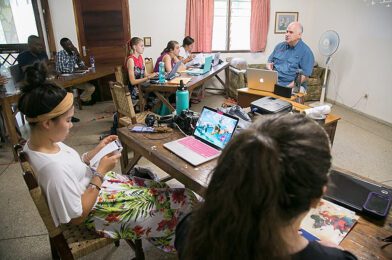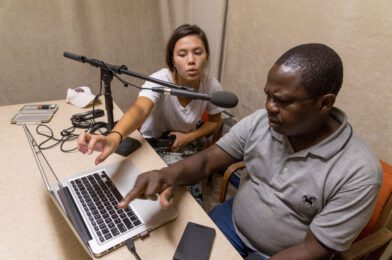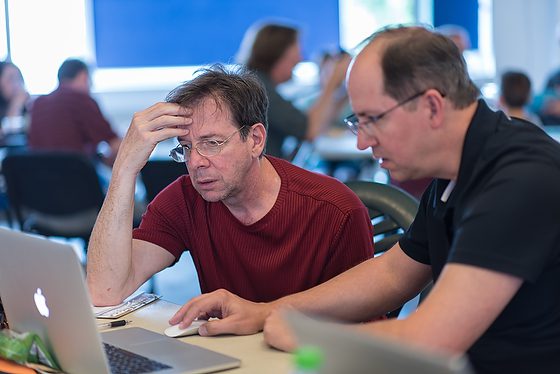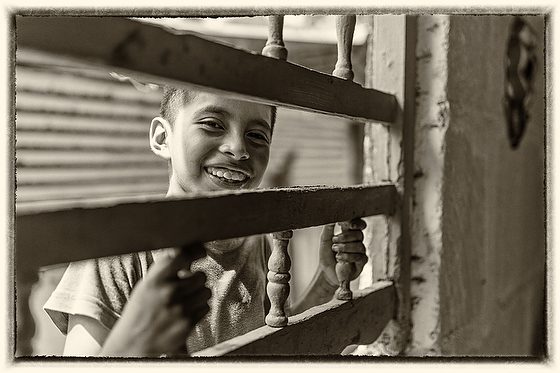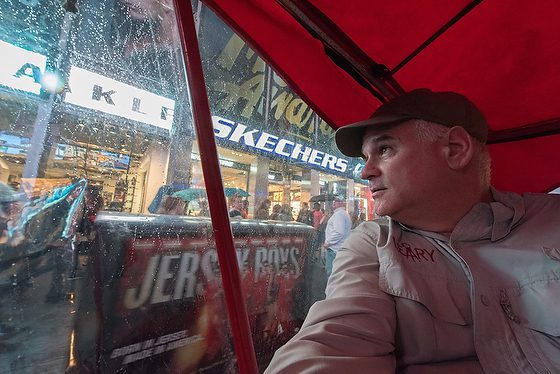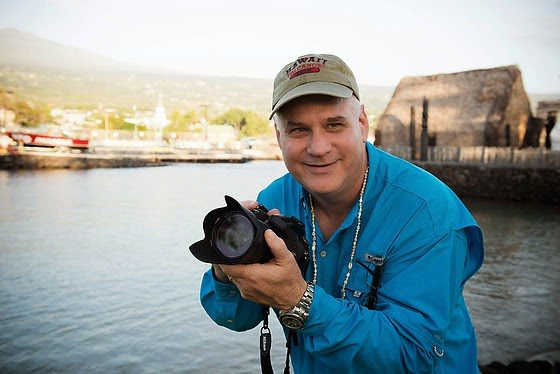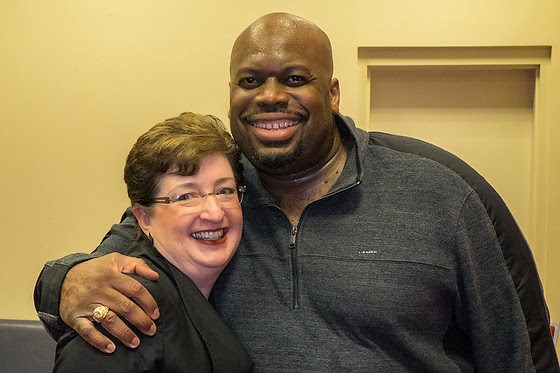
When you first begin your journey into becoming a storyteller, you start with a story. When I teach Intro to Photojournalism at the University of Georgia, the students find something that interests them.
I started my career professionally at East Carolina University, where the photo staff of the newspaper was paid to do stories. After college, I went on to the Hickory Daily Record, where I focused on finding stories.
I continued looking for stories as I went to work for The Commission Magazine and then to Georgia Tech, working in communications.

In 2008 Greg Thompson, Director of Corporate Communications, Chick-fil-A, proposed a crazy idea: I work with his team a couple of days a week where I sit in on meetings and listen. He and I would get together and discuss my thoughts, and if I thought the timing was good, I would speak in the discussions to give some of my opinions.
Greg said let’s evaluate this after six months. Well, now, ten years later, we are doing the same thing. I have learned a lot in those years and helped them immensely with visual communication and storytelling.
Greg taught me a great deal about the ins and outs of strategy. Over the years, I discovered that I had a gift for strategy, and Greg helped me understand how to navigate some of the politics of working with an organization.
Biggest TakeAway from Chick-fil-A
Greg led the team not to focus on the content but on the audience. The answers to better storytelling were in better questions.
Why is this content essential to the audience? In case you haven’t noticed, when I started working with Chick-fil-A in 2008, they celebrated 2-Billion in sales. This past December, they celebrated 10 Billion in sales. That is a 500% increase.
This commercial from a few years ago for UPS sums up it pretty well from my perspective.
Try communicating with an audience so busy they have no time for interruptions.
In this environment, you should be very aware of your audience. We worked with departments helping them understand why the audience doesn’t have time for their information and also helping the audience get information that would allow the business to run more efficiently.
I have many friends and organizations that want people to take notice of something important to them. I have learned these past ten years with the help of Greg Thompson and his team that understanding your audience helps you know how to tell a story so that it is relevant to the audience.
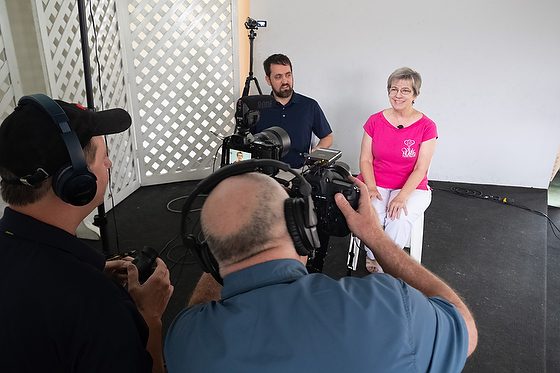
Servant First – A Servant of the Heart
Here is my tip for those who want to be successful. It would help if you were focused on making others successful, not yourself.
I believe there are two types of stories – 1) Entertainment Only & 2) Call to Action Stories.
Most movies and TV shows are great stories that move us to laughter and tears. They carry our hearts and souls. They bring out emotions in our bodies.
The Call to Action Stories do the same thing, but they are told with the purpose of getting the audience to be involved in some way.
Advertising is a Call to Action. Non-profits use storytelling as a call to action to get their audience involved in their mission.
The best storyteller for nonprofits is the person who cares so much for the subject and the audience they see how using a story to connect the two is a way that serves them both. The audience sees a way that they can use their gifts to help an audience in need of them. The subject is uplifted and is also able to serve the audience.
When storytelling is done at it’s very best the audience is understood and helps in the shaping of how the subject’s story is told so that a partnership is formed where they can serve one another.
Everyone should look out not only for his own interests, but also for the interests of others.
Philippians 2:4
Carry one another’s burdens; in this way you will fulfill the law of Christ.
Galatians 6:2
And let us watch out for one another to provoke love and good works.
Hebrews 10:24


